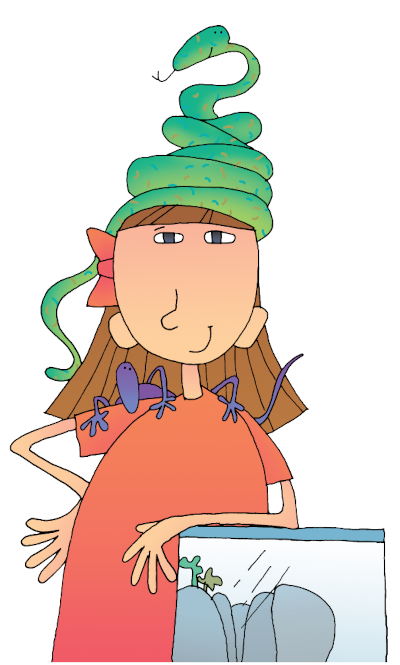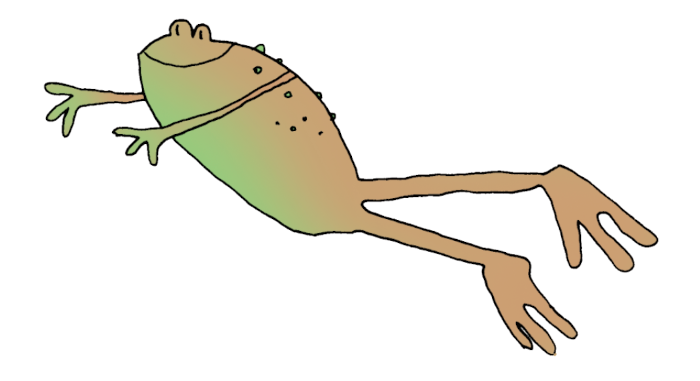WT 050
Page 50

Combining Sentences
You can combine two or more short sentences into one long sentence. Here’s an example:
Three Short Sentences:
I like slithery snakes.
I like gorgeous geckos.
I like friendly frogs.
One Long Sentence:
I like slithery snakes,
gorgeous geckos,
and friendly frogs.
Why Combine?
The three short sentences sound choppy. The long sentence has more style and is fun to read. You can learn how to combine sentences on the next page.
WT 051
Page 51
Four Ways to Combine Sentences
Use Compound Subjects
A compound subject is two or more subjects in one sentence.
Tara loves reptiles. Fae loves reptiles. Tara and Fae love reptiles.
Use Compound Verbs
A compound verb (predicate) is two or more verbs in one sentence.
Fae spotted an iguana. She fed it an orange.
Fae spotted an iguana and fed it an orange.
Use a Series
You can also use a series to combine short sentences.
Eli loves cats. Aidan loves cats. Gabe loves cats.
Eli, Aidan, and Gabe love cats.
You can move a key word from one sentence to another.
I got a kitten. It happened yesterday.
I got a kitten yesterday.
Tip
Sometimes you can put a key word like “yesterday” at the beginning of your new sentence.
